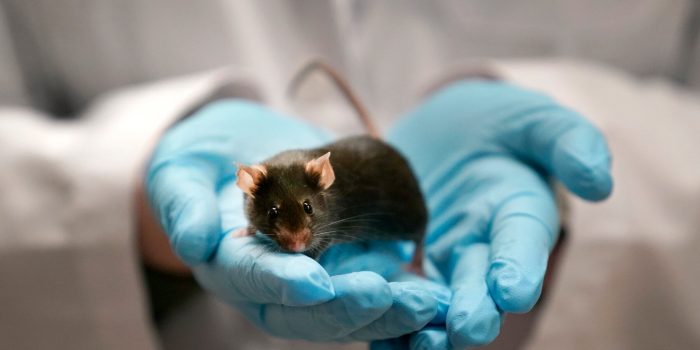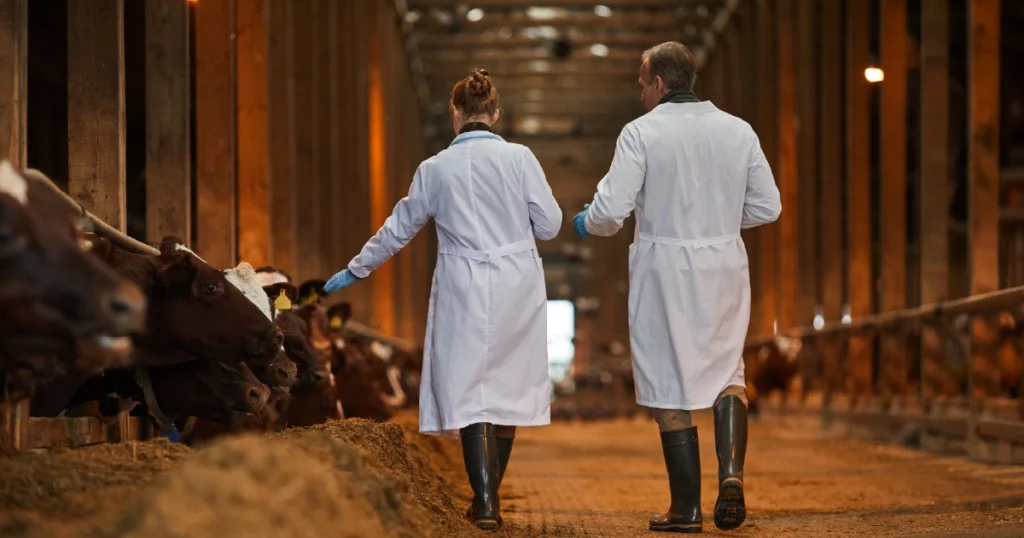Animal testing remains a fundamental part of biomedical research. But as funding evaporates, mice, rats and even monkeys may be euthanized.
On April 1, the Trump administration’s effort to slash government funding arrived in Morgantown, W.Va., where federal scientists spent their days studying health and safety threats to American workers. That morning, hundreds of employees at the National Institute for Occupational Safety and Health were notified that they were being terminated and would lose access to the building.
Left behind were more than 900 lab animals. The institute ultimately managed to relocate about two-thirds of them — primarily mice, as well as a handful of rats — sending them to university labs, according to two facility employees who were recently terminated. The remaining 300 animals, however, were euthanized last week.
Over the last few months, the Trump administration has taken aim at the American research enterprise, firing scores of federal scientists, rescinding active research grants and proposing drastic cuts to the funding that helps labs keep their lights on.
These moves, which have left many of scientists out of work and disrupted clinical research, have profound ramifications for the lab animals that serve as the basis for much of the nation’s biomedical research.
“There are going to be a lot of animals that are going to end up being sacrificed — killed,” said Paul Locke, an expert in laboratory animal law and the use of non-animal alternatives in research at the Johns Hopkins Bloomberg School of Public Health.
The ultimate toll is difficult to predict, experts said, in part because many of the administration’s actions are embroiled in legal battles. Animal research is also shrouded in secrecy; there are no definitive numbers on how many animals live in U.S. laboratories.













